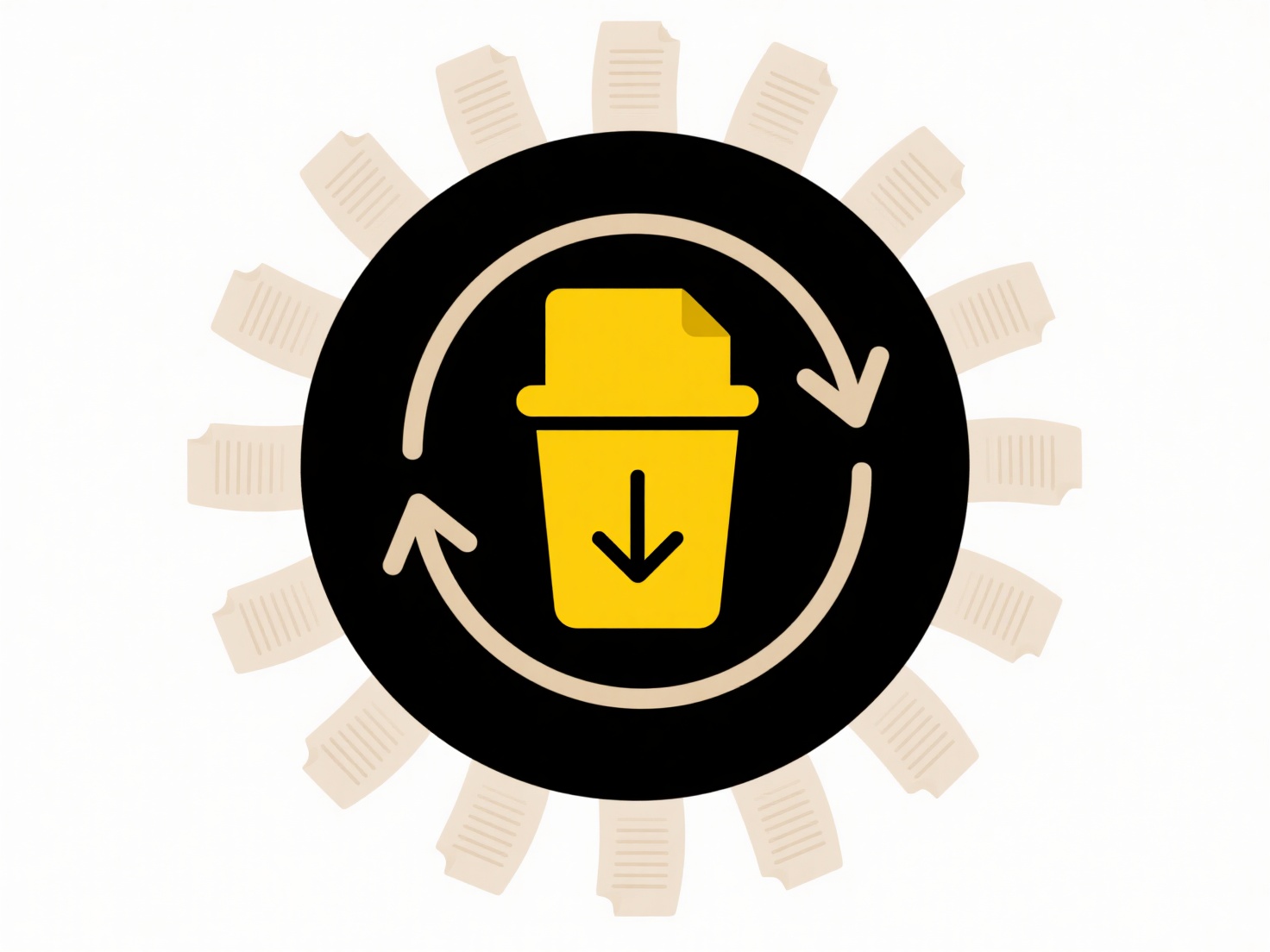
File modification or movement tracking monitors who alters a file's content or its location on a system. This differs from simply checking file attributes like size or date. It requires specific mechanisms, like version control systems or file audit logging. This tracking records the user account responsible for the action along with the timestamp, often tied to authentication systems. Basic file properties, such as 'last modified' dates, only reveal when a change likely happened, not who made it.
In software development, tools like Git meticulously track changes, showing exactly who modified each line of code and when. System administrators use audit policies or specialized security software on servers to log events like file deletions or permission changes across network shares. Operating systems (e.g., Windows Event Log, Linux auditd) offer features for generating such audit logs. Platforms like SharePoint Online or enterprise file systems provide built-in reports showing file history and user movement activity.

The key advantage is enhanced security and accountability. It supports investigations into data breaches, prevents malicious changes, and aids compliance by proving adherence to data handling regulations. A major limitation is the technical setup required; logs must be configured correctly and securely stored outside normal file paths to prevent tampering. Ethically, organizations must clearly communicate monitoring policies. Future developments include wider adoption of immutable logs and easier-to-use tracking features integrated into cloud collaboration platforms.
How can I track who modified or moved a file?
File modification or movement tracking monitors who alters a file's content or its location on a system. This differs from simply checking file attributes like size or date. It requires specific mechanisms, like version control systems or file audit logging. This tracking records the user account responsible for the action along with the timestamp, often tied to authentication systems. Basic file properties, such as 'last modified' dates, only reveal when a change likely happened, not who made it.
In software development, tools like Git meticulously track changes, showing exactly who modified each line of code and when. System administrators use audit policies or specialized security software on servers to log events like file deletions or permission changes across network shares. Operating systems (e.g., Windows Event Log, Linux auditd) offer features for generating such audit logs. Platforms like SharePoint Online or enterprise file systems provide built-in reports showing file history and user movement activity.

The key advantage is enhanced security and accountability. It supports investigations into data breaches, prevents malicious changes, and aids compliance by proving adherence to data handling regulations. A major limitation is the technical setup required; logs must be configured correctly and securely stored outside normal file paths to prevent tampering. Ethically, organizations must clearly communicate monitoring policies. Future developments include wider adoption of immutable logs and easier-to-use tracking features integrated into cloud collaboration platforms.
Quick Article Links
Is it possible to spoof a file format?
File spoofing is possible and refers to manipulating a file to disguise its true format or content. This involves alteri...
Can I automate permission changes on schedule?
Automated permission scheduling systematically adjusts user access rights at predetermined times without manual interven...
Are file formats the same across different operating systems?
File formats are technical specifications defining how data is stored within a computer file. Formats like JPEG for imag...